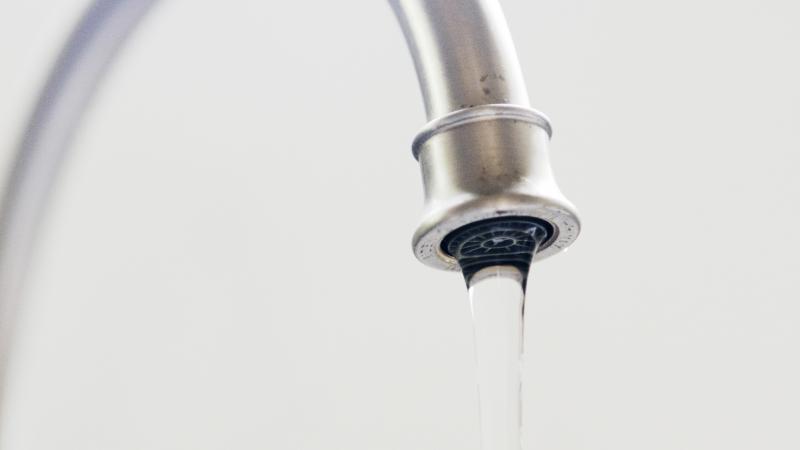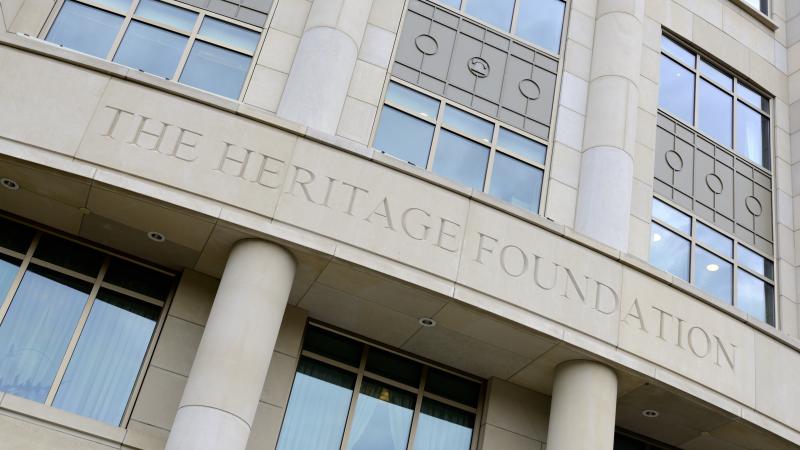Nantucket to test sewage water for cocaine, fentanyl, meth
With the nationwide rise in opioid and stimulant related deaths, Nantucket will test sewage water for drugs.
Nantucket's Health Department has announced it will test sewage for drugs including cocaine, fentanyl and meth in an effort to combat drug-related harm and support first-responders with actionable data.
“Everyone’s got a good idea of what the [drug] situation is, but we have very little direct measurement,” said Jerico Mele, a human services director for Nantucket, a Massachusetts island. “When we get away from our gut to getting data, we get a better picture of what’s going on.”
A 2021 report by the National Drug Intelligence Center said cocaine and specifically crack were the biggest drug threat to Nantucket and its surrounding areas.
But just how much cocaine, fentanyl and other opiates are in Nantucket’s sewage? The town does not plan on posting the results publicly, though they may be shared with healthcare partners, according to Mele.
The new drug testing initiative is an expansion of the town’s COVID-19 sewage testing at the Surfside Wastewater Treatment Facility.
Nantucket has partnered with the Cambridge firm Biobot, testing sewage weekly for COVID-19, since the beginning of the pandemic, which has not been a national emergency in the U.S. since April 2023.
Those same samples will now be used to test for drugs in order to catch signs of alarming drug trends.
“They can use the same samples we take,” Nantucket Sewer Department head David Gray said. “The numbers will be interesting. They want to get a baseline, and that’s the reason we test for COVID. It’s going to be data that is a great forecasting tool.”
Data from the sewage samples will help Nantucket residents and first-responders fight the counry's opioid crisis.
“If we can get an idea of the standard usage of drugs, we can see if interventions and behaviors change the rate of consumption,” Mele said. “That can give us a scorecard on the efforts and reducing usage.”
Nantucket’s population is estimated at 14,250 people, according to a 2024 census. However, in the summer months the population on the island — which largely relies on tourism — increases to around 80,000 or more, according to the local government.















